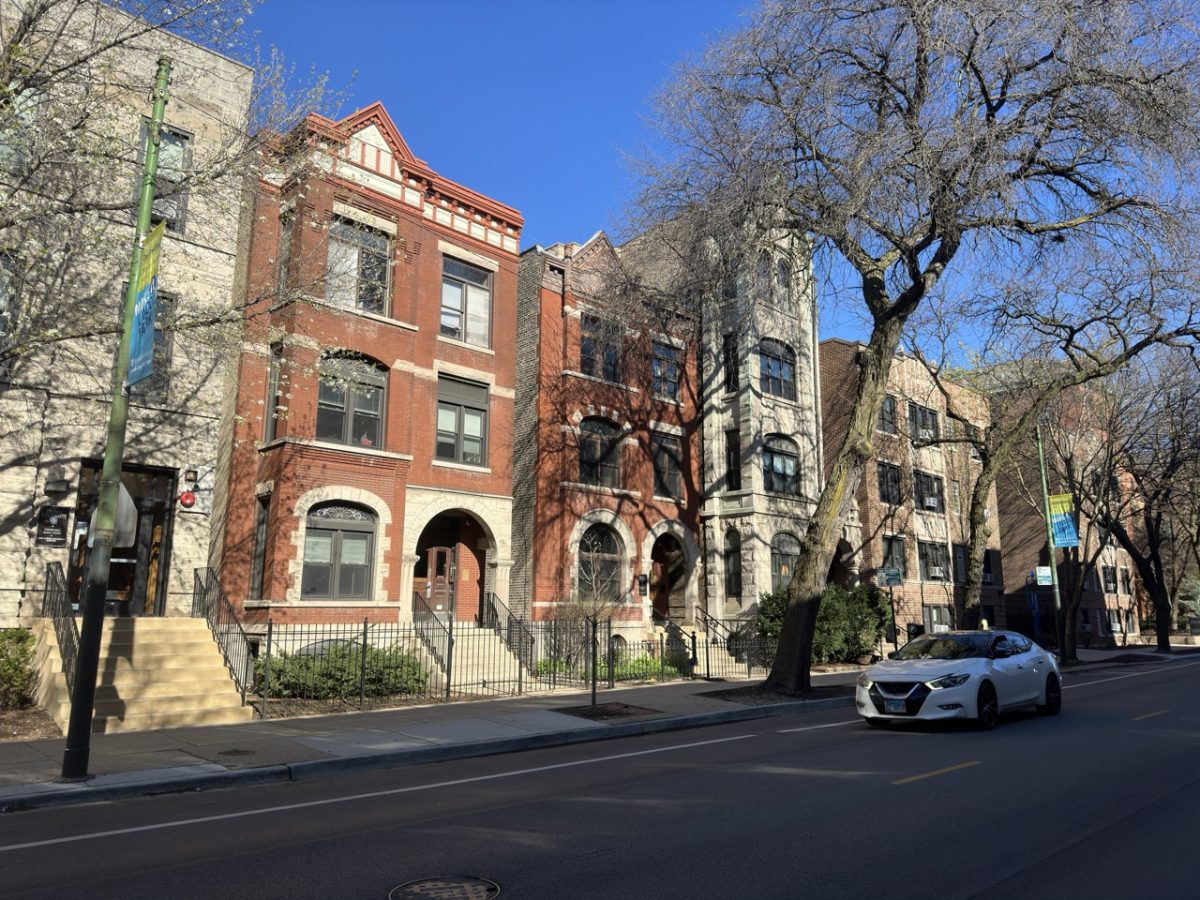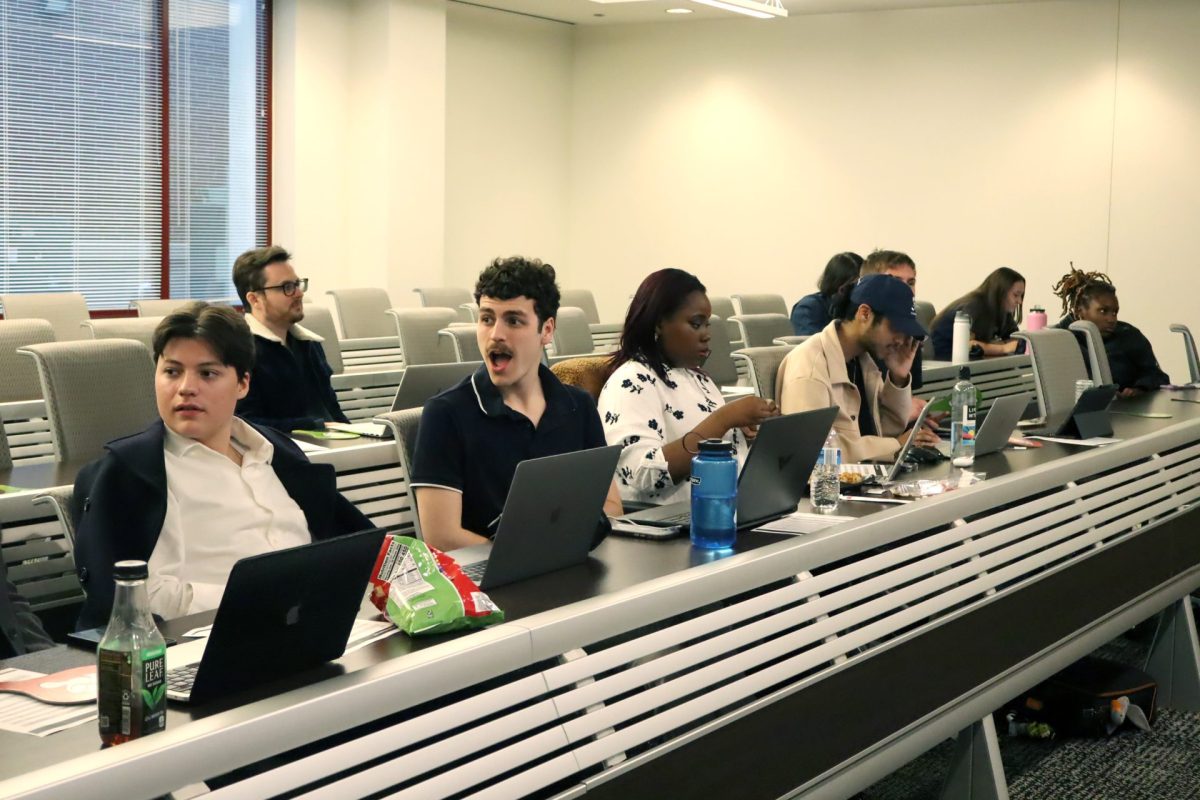About a week ago, the Nobel Prize winners in medicine were revealed as Sir John B. Gurdon and Shinya Yamanaka for their work in cell research.
The award was given to these two doctors “for the discovery that mature cells can be reprogrammed to become pluripotent.” That is, any mature cells can go back to their original state, thus “reversing” the process of cell aging.
Yamanaka was able to draw this conclusion due to a combination of his own research and the research of Gurdon done 40 years earlier.
In 1962, Gurdon was able to take the nucleus from a frog’s intestine and place it into a frog’s egg. From this, a normal frog was born. Gurdon’s research was inspiration to Yamanaka’s experiment, where he wanted to reverse the process of cell maturity without using an egg.
He was able to figure out a gene combination, which he inserted into a mature cell, so that the cell was able to go back to its primitive state.
According to Yamanaka, “what’s significant about this technology is not only can we avoid the ethical controversy of using embryos, but also a transplant patient can avoid organ rejection because the treatment will be done by using the patient’s own cells and not somebody else’s.”
Past controversy of stem cell research has come from the fact that in order to examine a brand new cell, the scientist would have to kill an embryo. Yamanaka also mentions that this discovery may some day be a possible cure for Parkinson’s disease.
Since, Yamanaka’s discovery was made in 2006, classroom textbooks have already been changed and biology teachers have been informing their students about this new method.
DePaul professor Dr. Elizabeth LeClaire talked to her biology students about the research Thursday.
“I don’t think [the research] will revolutionize the world of medicine,” said LeClaire. “This may not be the answer you want to hear, but most diseases are very common and are caused by diet and exercise.”
Another DePaul biology professor, Dr. Stanley Cohn, believes that “there are many diseases and injuries for which it would be extremely beneficial to have stem cell therapies.
“By being able to take some of your own adult cells and reprogram them to be able to become any of a variety of cell types, you have the potential to develop regenerative treatments for damaged tissues. Clearly, however, significant treatments are still down the road a bit.”
As of now, the idea that cell reprogramming could cure diseases such as Parkinson’s is mere speculation. Nonetheless, this discovery contributes to the scientific world in understanding the cell process as well as disease mechanisms.







